Company details for:
Dangerous Substance Control Ltd
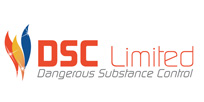
31 Bloomfield Crescent,
Doseley,
Telford,
Shropshire,
TF4 3FL,
United Kingdom
Quick Links:
Products
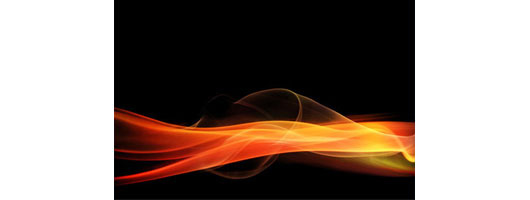
DSEAR Awareness Lectures
Whatever the job function, each of the chemistry experiments conducted during a lecture, are designed to demonstrate to employees, how the risks associated with flammable substances are so very real, how situations in a production facility can go so quickly wrong, and how the consequences can be so devastating, not just to the company, but also to them.
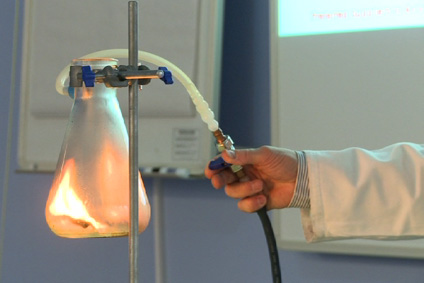
DSEAR One Day Course
However, the course to keep the course lively, it also incorporating some 18 chemistry experiments, and is designed to demonstrate the dangers associated with storing, handling and processing flammable liquids and hazardous substances to all responsible for health and safety, but more so, those that whilst responsible, may not actually be directly involved with that work, such as senior management and director level.
There are severe risks associated with the day to day handling of flammable materials of which very few are really aware.
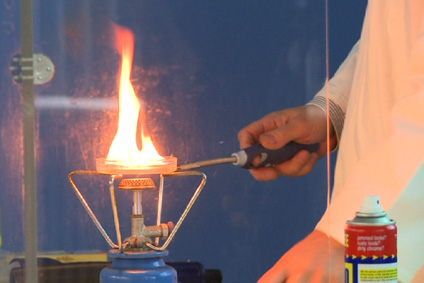
DSEAR 3 Day Course - Risk Assessment Training
Whilst similar to the structure of the one-day DSEAR course, the content depth and the number of topics covered is greatly increased. Dust is featured in more depth and additional sections on ATEX classifications and BS 60079-10 Ex Zone determination are also included, giving a greater understanding of ATEX and how it fits into the DSEAR equation when establishing Ex Zones.
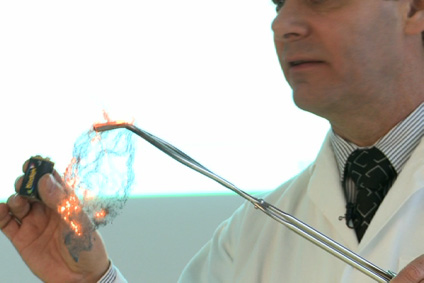
DSEAR Five Day Course includes Gas Module
No matter what type of gas is used, whether it is under pressure, a liquified gas or you are working with cryogenics, all elements under pressure, now require assessment under DSEAR in addition to the PSSR regulation.
Care and attention must also be given to the requirements of COMAH, when working with larger volume installations.

DSEAR Risk Assessments
The real foundation of good health and safety management is in the ability to carry out a DSEAR Risk Assessment correctly. If you cannot identify and evaluate your risks simply because of custom and practice or a lack of experience, then how are you going to manage them?
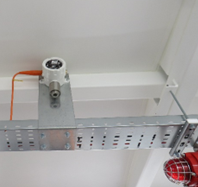
Gas Vapour Detection & Installation Service
Detection of combustible, poisonous or toxic gases and vapours including:
Flammable VOC gases, from Acetone, Toluene, Xylene, Methane, Hexane, Heptane etc
Oxygen Levels
Carbon Monoxide
Chlorine
Ammonia
Carbon Dioxide − See - BS EN 50543 (or the older standard BS 8494) are to be used for detecting and measuring carbon dioxide ...
Sulphur Dioxide
Hydrogen Sulphide
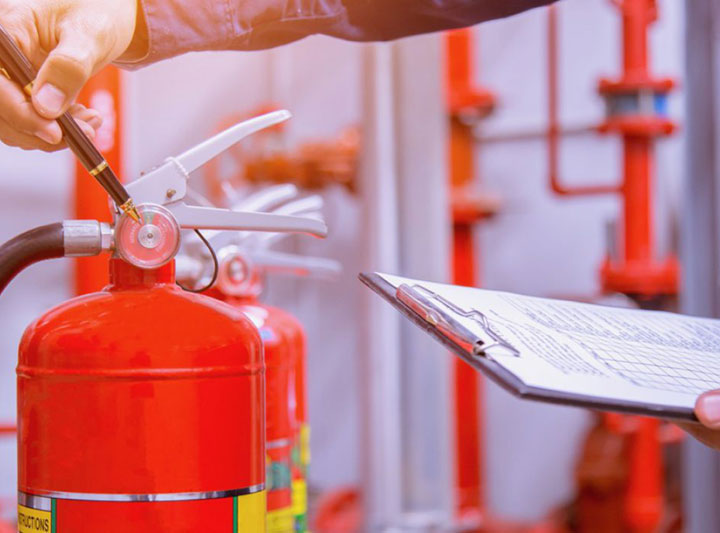
Fire Awareness Course
Often it is the incorrect selection of Fire Fighting media that helps to spread a fire instead of extinguishing it. Whilst employees should not be expected to tackle fires, employers must also remember that extinguishers are required and often used to assist in the “Means of Escape”.
Understanding what can happen in a fire when chemicals temperatures exceed their respective flashpoint, boiling point or indeed auto-ignition, is critical to personal safety. The RRFSO 2005, clearly details that where a company used dangerous substances, then often, normal fire safety precaution may NOT be Suitable or Sufficient
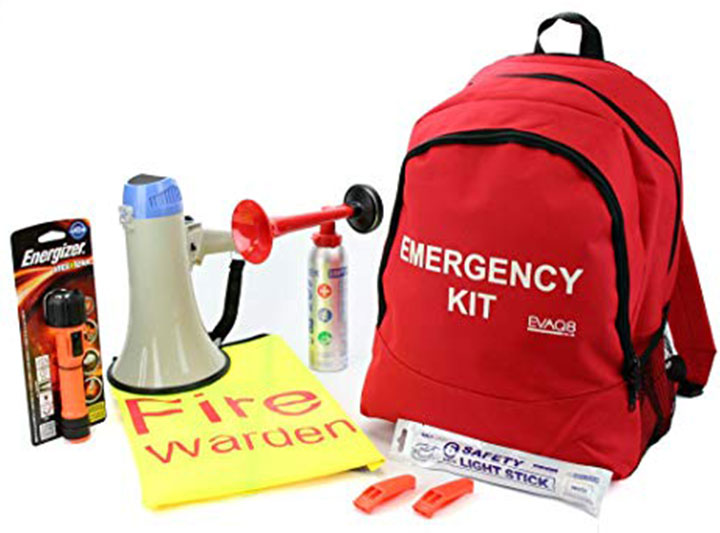
Fire Warden Training
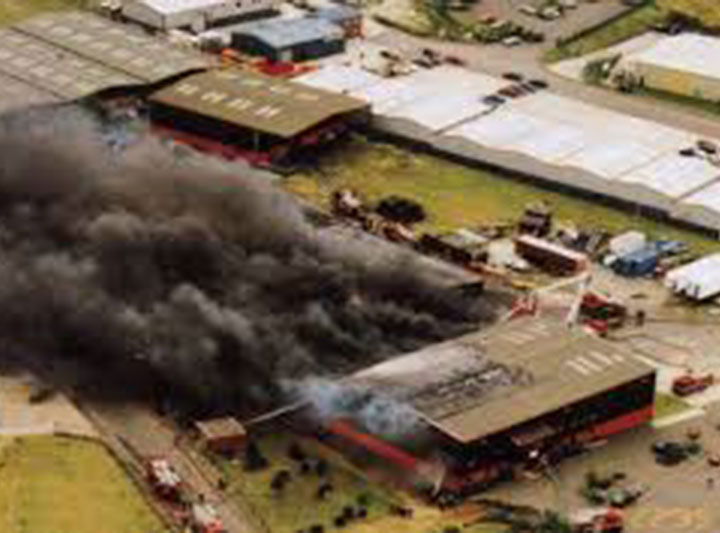
Fire Emergency Planning
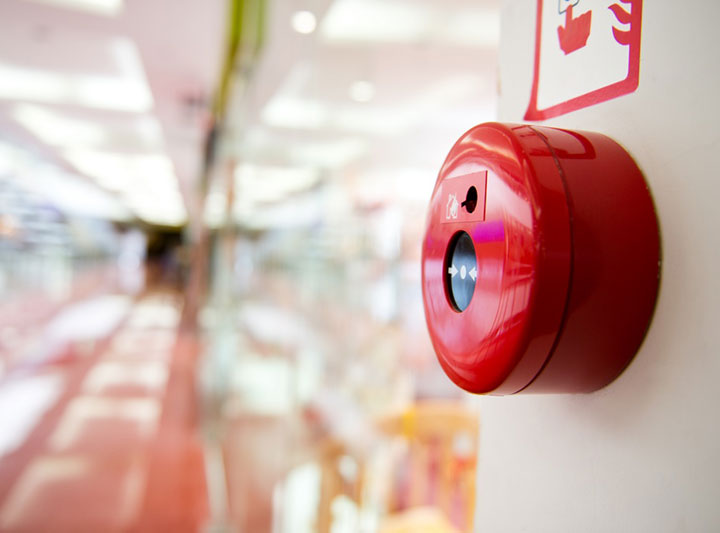
BAFE Fire Risk Assessment
• Offices and shops
• Factories and warehouses
• Sleeping accommodation, hotels, hostels, and B&B’s
• Residential care premises, including care homes and hospitals
• Community halls, places of worship and other community premises
• The shared areas of properties (HMO’s) in which several households live (housing laws also apply). Note, in Scotland and Northern Ireland the legislation applies to the whole HMO, not just the communal area
• Pubs, clubs and restaurants
• Theatres and cinemas
• Educational premises, school and sports centres
• Outdoor events, tents and marquees
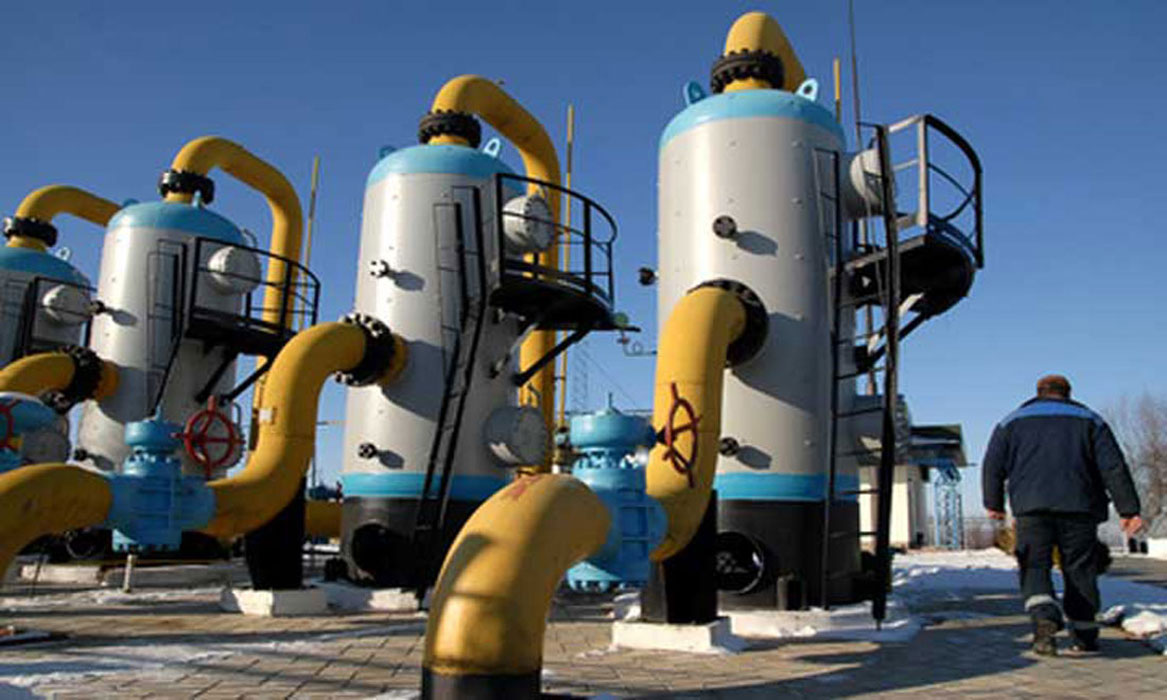
COMAH − Control of Major Accident Hazards Regulations
As a COMAH site operator - defined by the use and storage of dangerous substances above specified quantities - you must as part of the compliance procedure ensure that you have to taken all necessary measures to :
Prevent major accidents;
and
In the event of such accidents, limit the effects on people and the environment.
by ensuring they :
Comply with the requirements of their Competent Authorities(CA)
Operate under a valid Hazardous Substance Consent license
Liaise with all Emergency Services and respective Agencies.
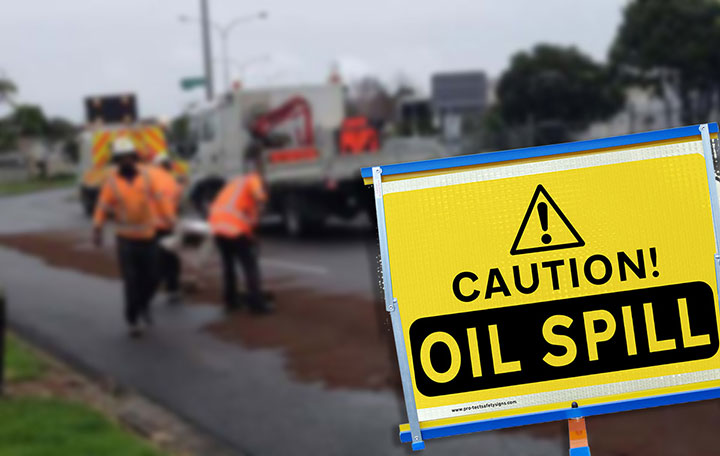
Spill Training
Imagine a 5 litre petrol can with a 40mm diameter fill cap, the amount of flammable gas released that you can smell through this relatively small opening is quite low, now imagine this 5 litres poured onto the floor, the smell is now considerably higher and as the flammable liquid travels, more and more flammable gas is released into the atmosphere.
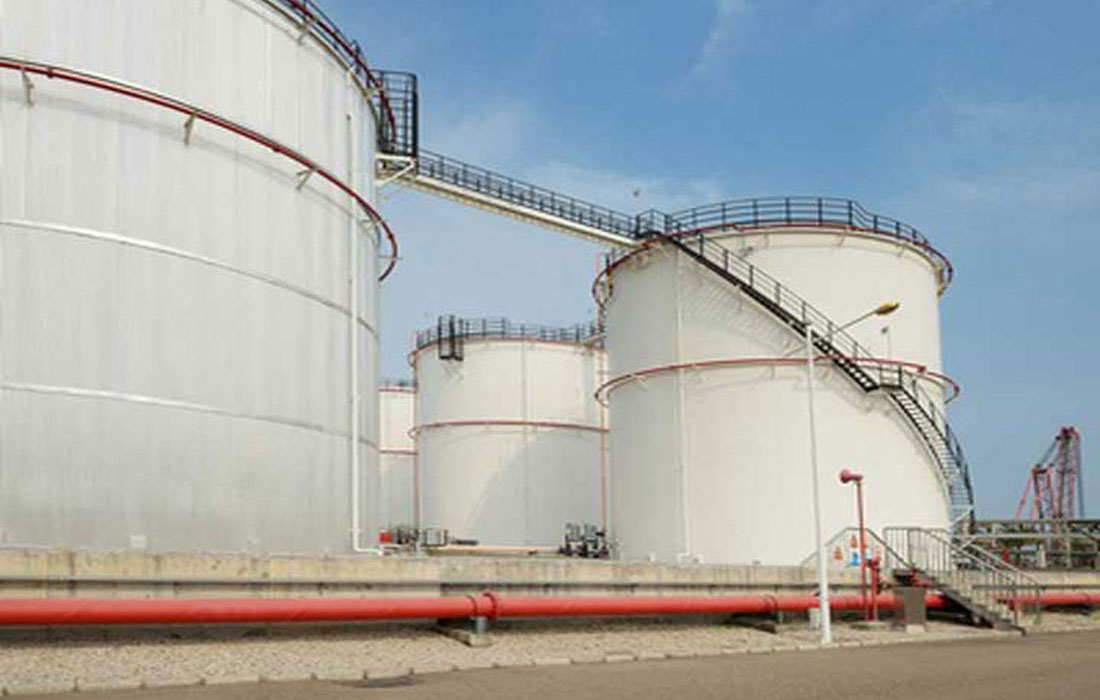
COMAH Health Checks & MAPP Construction
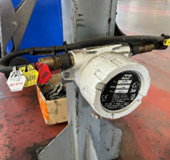
CompEx Installations & Annual Inspection
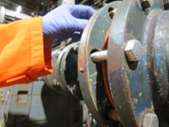
Machine & Process Safety Inspections
About us
As a leading UK consultancy, we have developed our skills to solve all customer problems identified in some of the most sophisticated hazardous risk assessments. We can help and offer solutions for;
- DSEAR Risk assessments
- DSEAR training − IOSH approved
- Spill training
- Chemical hazards
Our IOSH & FPA certified and accredited training courses are designed for all SHE professionals along with Managers and Directors.
www.dsc-ltd.co.uk - training bookings taken online or by invoice account. All respective details are on our website.
We work to Regulatory Reform (Fire Safety) Order 2005 standards.
Course Dates for 2025:-
3 Day DSEAR Training Course -
March 18th - 20th
July 15th - 17th
The 3 day DSEAR course is aimed at those who have not yet undertaken a DSEAR risk assessment, are most likely to both work in the environment, as well as manage the area day to day.
Whilst similar to the structure of the one day certified course, the content depth and the number of topics covered is greatly increased. Dust is featured in more depth and additional sections on ATEX classifications and BS 60079-10 Ex Zone determination are also included, giving a greater understanding of ATEX and how it fits into the DSEAR equation when establishing Ex Zones. Explanations are provided on gas groups, subgroups, temperature ratings and so forth. Reference is also drawn to the theoretical understanding of flammable vapours with examples of how the Lower Explosive Limit can be converted into a meaningful quantity or volume of chemical per cubic metre of space. Delegates receive a full and detailed 160 page training manual to assist with their ongoing learning.
Dangerous Substance Control also specialise in Aerial Photography and Drones, providing effective aerial views, capturing the true reality of what is happening on the ground. Used in a varity of industries our high specification drones are available in varying sizes and use the vary latest gimballed cameras, lenses and filters.
Whether you are an estate agency looking at a property or the surrounding area, a construction site inspecting top of roofs, flood assurance assessor allowing you to assess the likihood of floods in a certain area or a thermal assessment inspector wishing to use thermal imaging photography from a height then we can help.
Each application can be different, the drones (Unmanned Aerial Systems - UAS) can be used to capture landscaping, specific land features, heat efficiency, fire analysis and search and rescue to name a few.
DSC Ltd use the latest DJI range of UAS’s including the lightweight - Phantom 4 Pro series, the high speed - Inspire 2 − the chosen film industry aerial platform and the latest commercial - Matrice 200 V2 series aircraft. As aerial platforms, each drone design allows for differing flight conditions, allowing DSC-Ltd to provide services both day or night, during dry or wet conditions and in wind gusting up to 40 mph. All drones have autopilot build in return to home functionality, low battery warning systems and Autoland capability should a pilot become incapacitated.
Images

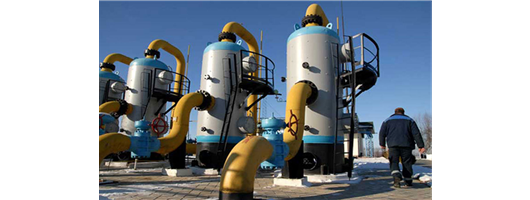
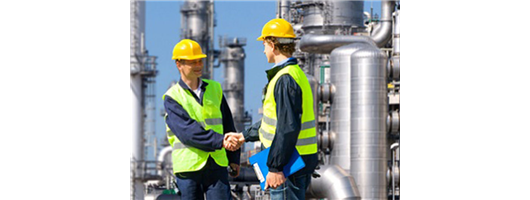
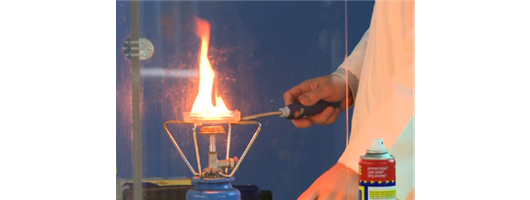
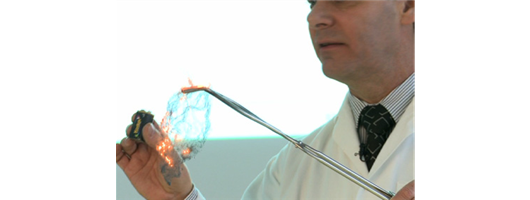
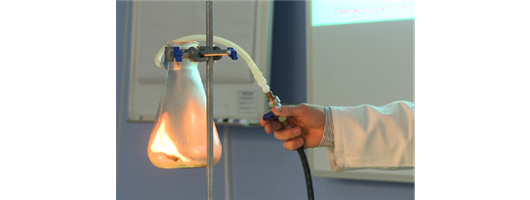
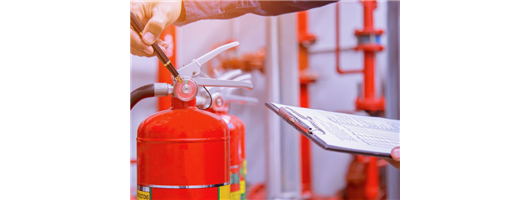
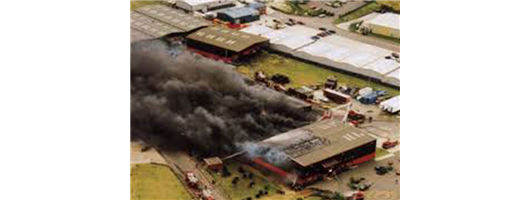
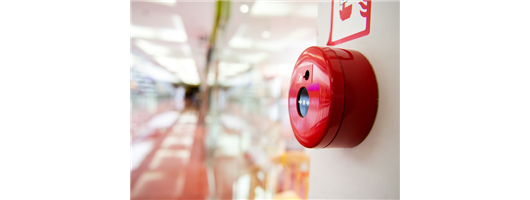
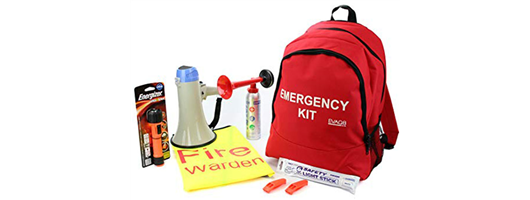
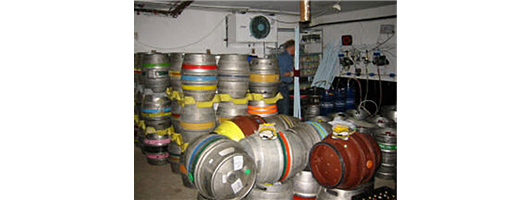
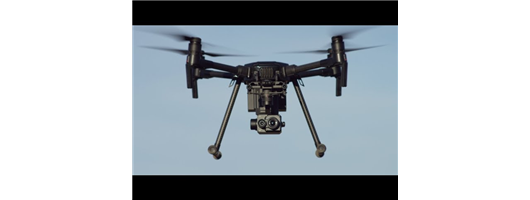
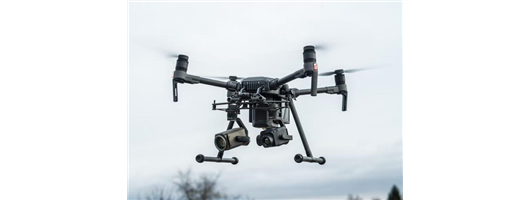
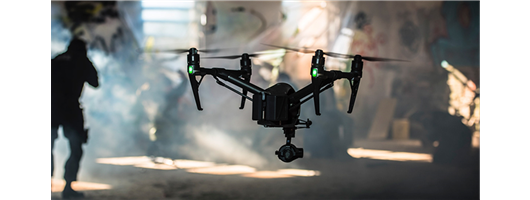
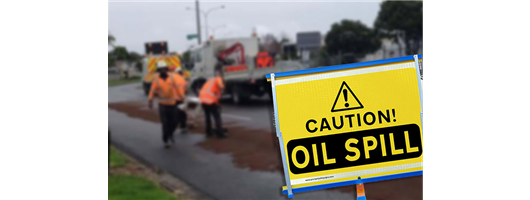
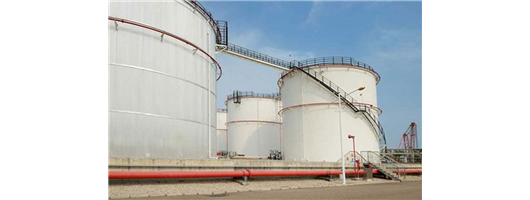
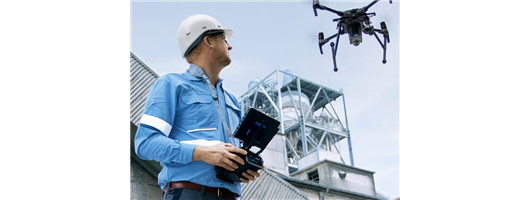
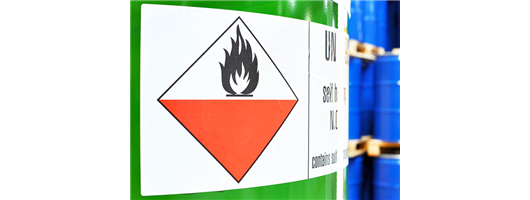
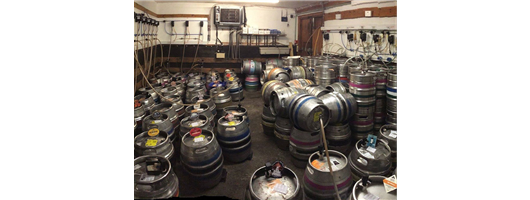
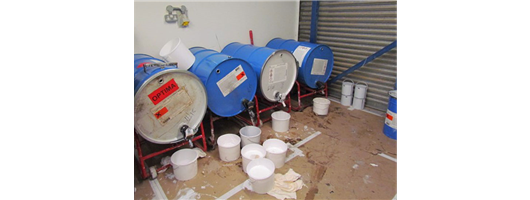
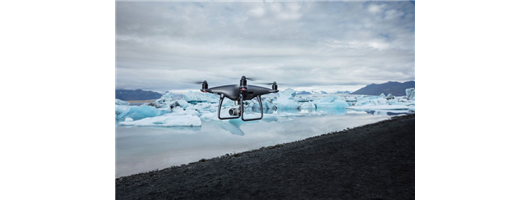
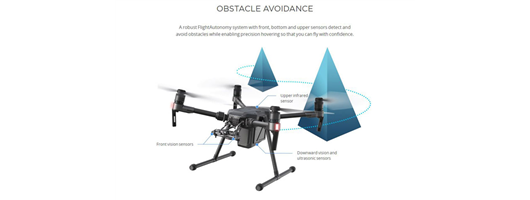
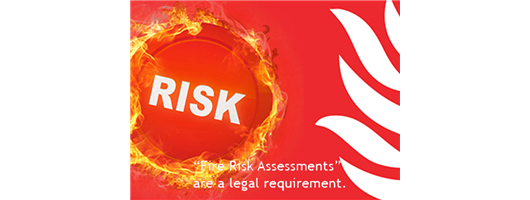
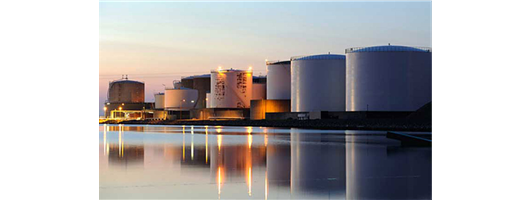
















































Articles / Press Releases
Brochures
Reviews
Trade Associations


